Here are some of the inspections that address those risks:
4 Point Inspection
The four points of this inspection include HVAC, plumbing, electrical, and roofing. These are four of the most critical elements of a structure that must be maintained in order for it to remain safe enough to be lived or worked in. During the HVAC portion of the inspection, an inspector will review the functionality of the air conditioning and heating units as well as the building’s ventilation. Plumbing and electrical inspections include a review of the materials used as well as their condition to ensure that there are not any current or potential future risks due to water or electricity. And finally, any building is at risk when it isn’t covered with a strong roof. The fourth point is to review the roof of a building for signs of age, missing shingles, or visible damage.
Fire Safety
We won’t go into every detail of a fire safety inspection, but this segment of a commercial inspection is especially critical in manufacturing and warehouse facilities where much more than traditional office work is taking place. A proper fire safety inspection should include a review of all fire safety systems like alarms, sprinklers, and lighting. Not to mention ensuring that all fire extinguishers are inspected so they’re ready in case of emergency. In addition to inspecting all of the systems that help companies respond to fires, there should be a thorough review of how employees can exit the building safely should a fire occur.
Vertical Transportation
Vertical transportation is a fancy way to refer to elevators which allow people to travel between floors of a building. Since most homes don’t contain elevators it’s not a common part of a home inspection. When commercial buildings have their elevators inspected they check to see that the mechanical systems are all working properly and that it is stocked with information on how to respond in case of emergency.
Exterior Site Characteristics
Finally, a commercial insurance inspector should check to see that the site around a building is safe for employees and visitors. This includes pavers or sidewalks that may be a tripping hazard and even landscaping issues like dead or dying trees. As the insurer, you’re already highly aware of potential risks outside a commercial structure as well as inside. Make sure your inspector covers all of those bases for you.
Don’t risk making a poor investment due to an unsatisfactory commercial insurance inspection. To learn more about the inspections available from Insurance Risk Services, contact us today.


